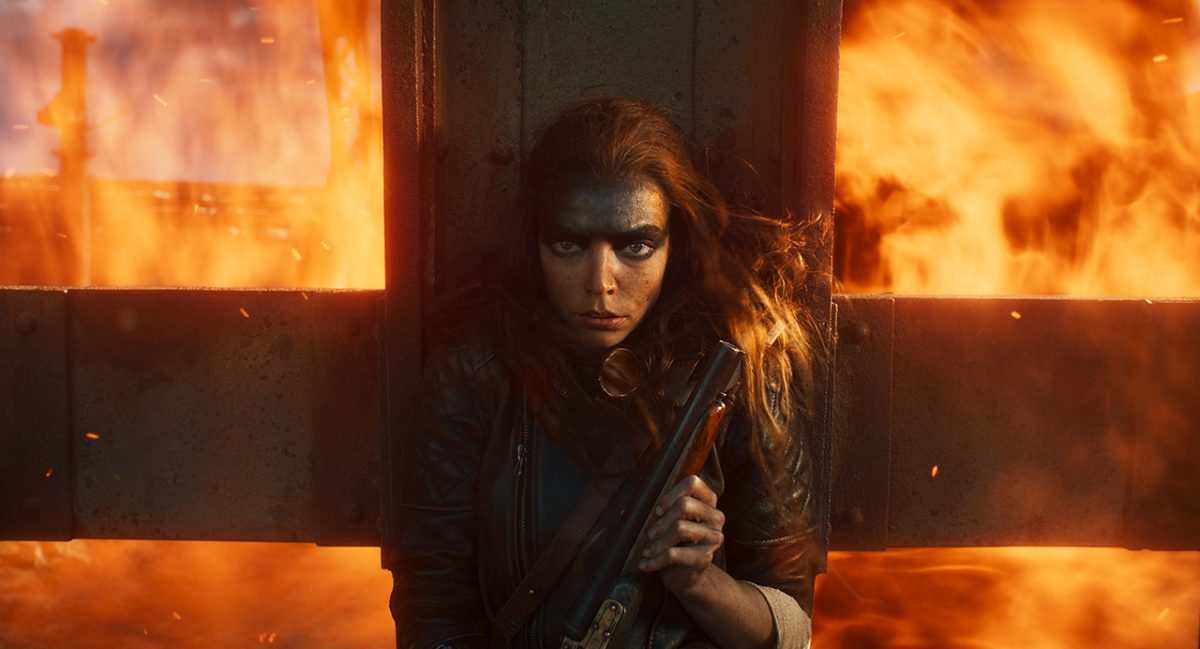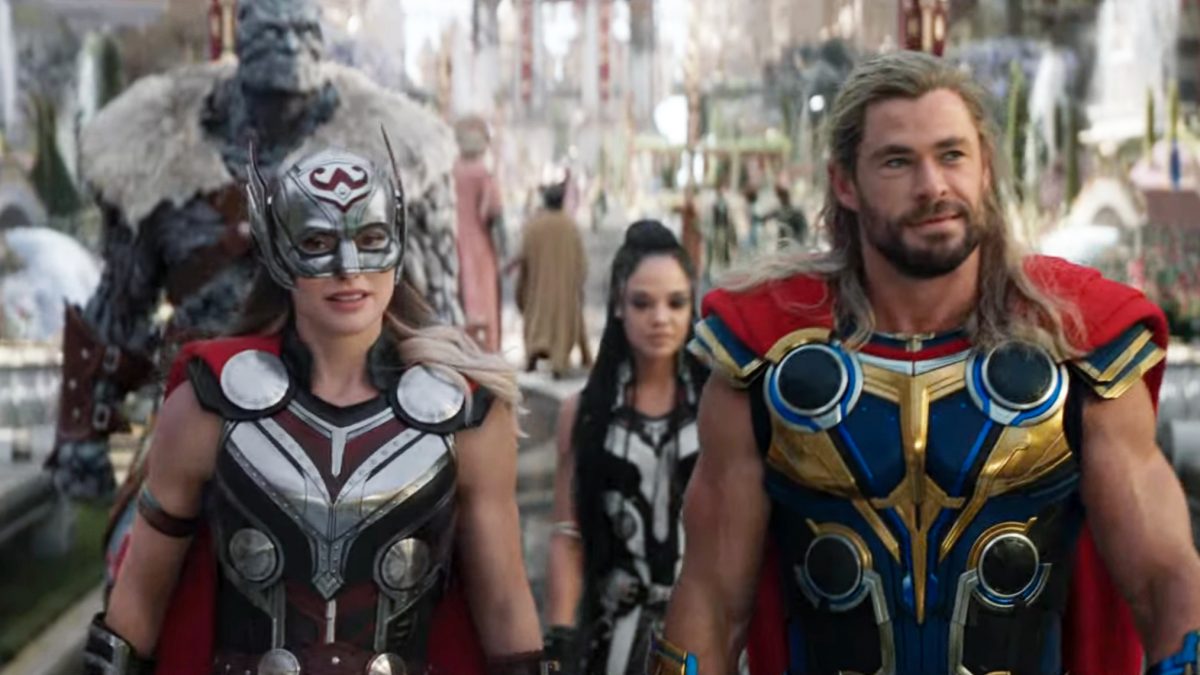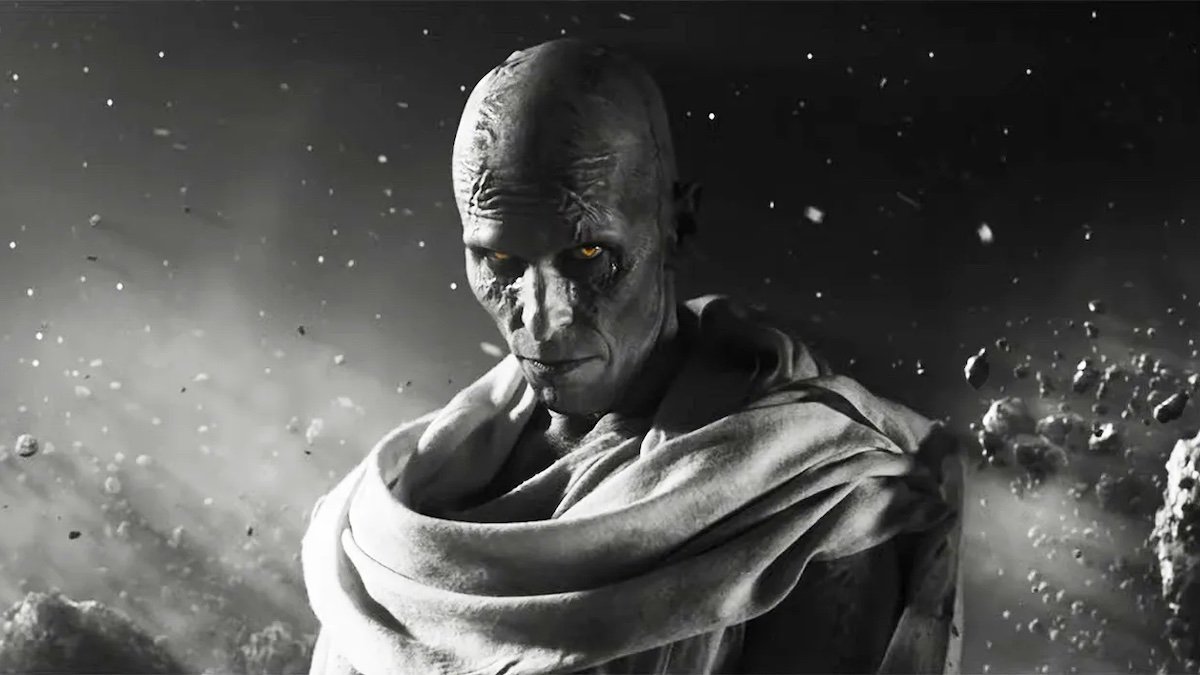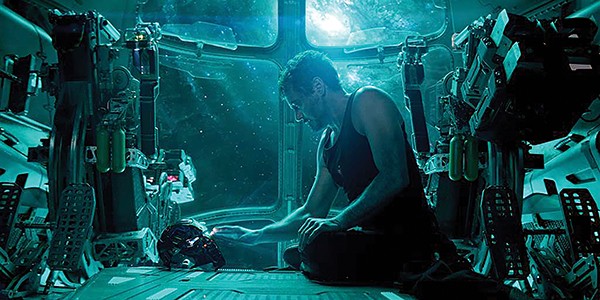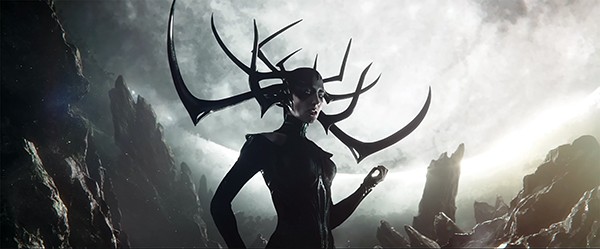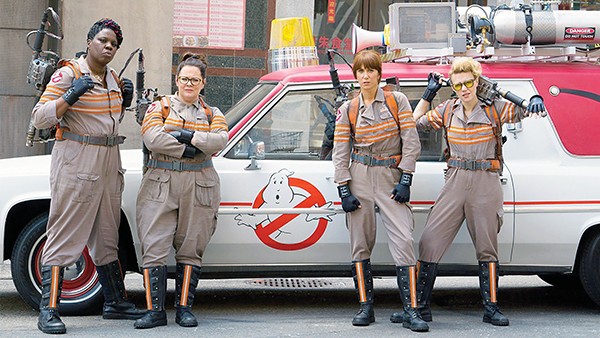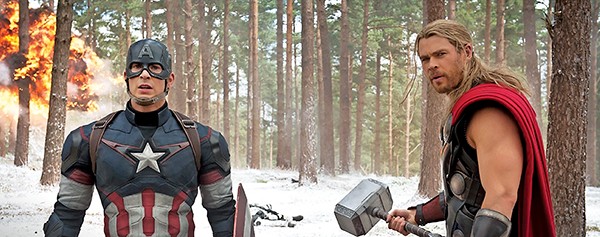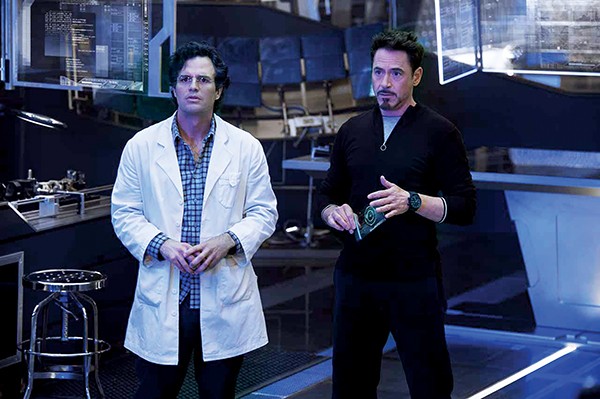When Praetorian Jack (Tom Burke) sizes up Furiosa (Anya Taylor-Joy) for the first time, she’s standing alone in the middle of the wasteland, bloodied and bruised. They are the only two survivors of a brutal desert battle which has left the road behind them littered with twisted steel and broken bodies. Furiosa has “a purposeful savagery” which makes her an ideal candidate for promotion to Imperator in the army of Immortan Joe (Lachy Hulme). Jack offers to take her under his wing — she’s just killed most of his crew, so he needs the help driving the War Rig.
By the time she gets her field promotion, Furiosa has already lived four lives. She was a carefree youth, privileged to live in The Green Place, a matriarchal society that retained a high level of technology in a sheltered secret valley. At age ten (Alaya Browne plays Youngest Furiosa), she is taken captive by raiders from the Biker Horde of Dementus (Chris Hemsworth), and forced to live in a cage as his “daughter.” When Dementus makes a play for Wasteland dominance by taking on Immortan Joe, Furiosa is traded, along with a doctor (Angus Sampson) as part of an armistice deal. She is sent to the vault where Immortan keeps his harem, where she first shaves her head as part of an elaborate escape plan. With sons like Rictus Errectus (Nathan Jones) and his slightly brighter brother, Scrotus (Josh Helman), it’s easy to see why Immortan Joe would need Furiosa, who is always the smartest person in the room, to breed future “Warlord Jr’s.” Furiosa escapes the rape chamber to live for a while disguised as a War Boy while she bides her time, and plots her ultimate escape back to the Green Place.
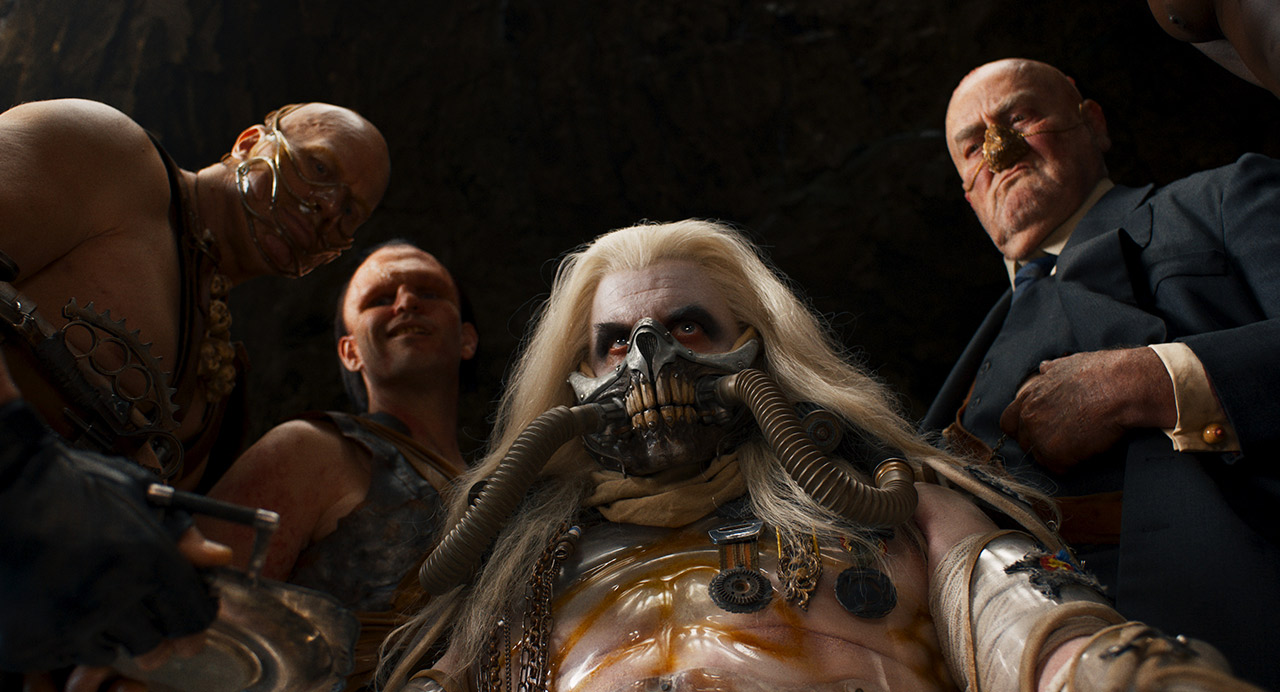
We first met Furiosa in 2015’s Mad Max: Fury Road, where she staged a high-octane escape from the Immortal Man’s Citadel, and took his five perfect wives with her. It was the fourth installment in director George Miller’s Mad Max series, which began as gonzo Australian Oz-sploitation in 1979 and broke into the American popular imagination in 1981 with The Road Warrior. Max, a former Aussie highway patrolman turned wasteland legend, was played in the first three films by Mel Gibson, then by Tom Hardy in Fury Road. Even though his name was in the title, Hardy’s Max was utterly upstaged in Fury Road by Charlize Theron’s Furiosa. Her indelible performance elevated the film from one of the best action films ever made to one of the best films ever made, period.
Furiosa: A Mad Max Saga began life as an anime series intended to accompany Fury Road if it had been made as planned in the mid-’00s. Furiosa retains the episodic structure, with cards announcing chapter titles. It is framed as the remembrance of The History Man (George Shevtsov), who shared Dementus’ cage with Furiosa. Miller has said the Mad Max films are folk legends of the future told by those who are trying to rebuild human society after the combination of ecological collapse and nuclear war have laid waste to the planet. Fury Road is told in close-up, zoomed in on three hard days in the wasteland. Furiosa begins with a zoom in from space onto the Australian outback, signaling that Miller is working in a different register. The intricate chase scenes, which Miller does better than anyone ever has, still pop. “Chapter 3: Stowaway”, which reportedly took five years to plan and six months to film, rises to Fury Road’s heights.
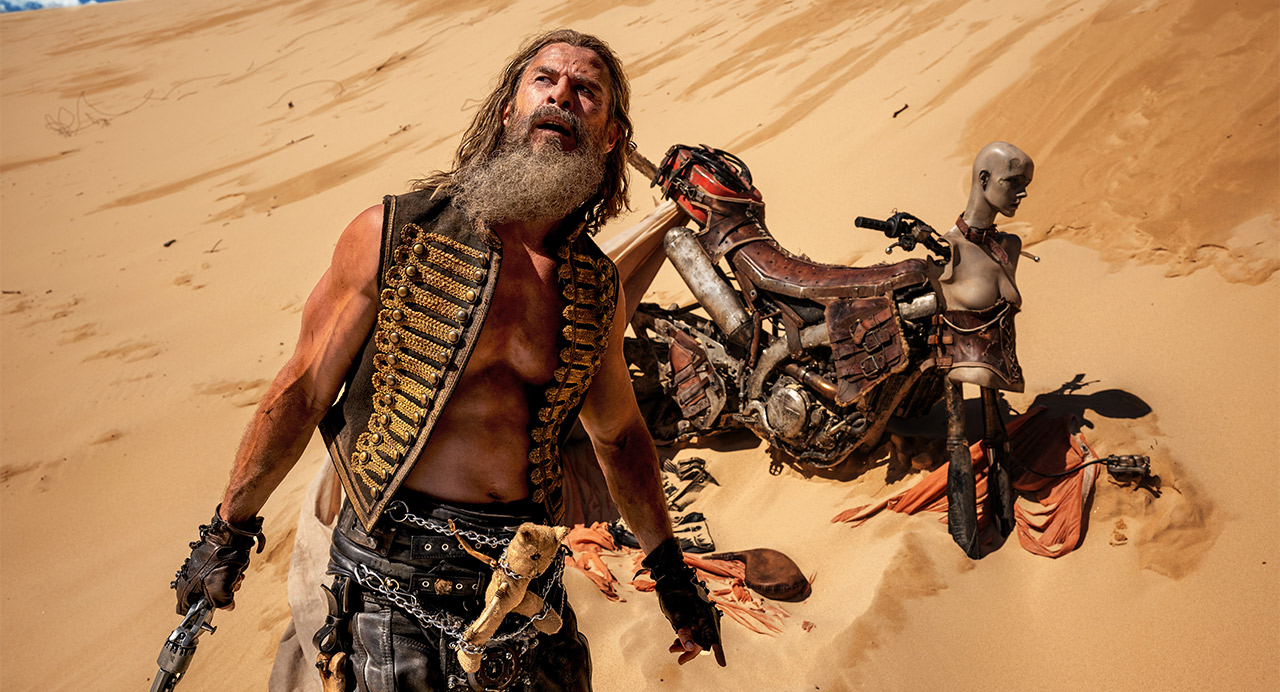
But Miller is more concerned with the people in the wasteland. Fury Road bore the mark of silent stunt genius Buster Keaton. Furiosa’s Bildungsroman, the story of how the child became the woman, and the woman became the hero, is in the mode of an Akira Kurosawa samurai epic. That’s why the 15-year story’s climax, the 40 Day Wasteland War, takes place largely off screen. Furiosa both starts the war and finishes it. The piles of burning corpses tell you everything to you need to know about what happened in between.
To hear Dementus tell it, Furiosa’s problem is that she has hope. She saw the Green Place. She knows life doesn’t have to be a brutal scramble for survival, where your first instinct is to loot your buddy’s corpse. Hemsworth is deliciously unhinged on the surface, but he is, like Hamlet, “mad in craft.” At least at first. As the years go by, the level of brutality needed to control a hoard of cannibalistic bikers starts to take its toll. This is by far the best performance of Hemsworth’s career.
He almost, but not quite, upstages the Furiosas. Anya Taylor-Joy has the unenviable assignment of following a titan like Charlize Theron. Fortunately, she has help from Alyla Browne, a 14-year-old newcomer who is completely at home chewing through a motorcycle fuel line. As the traumas pile up, and the flamethrowers roar, she slowly comes into focus. Will she be a monster, like Dementus, or a protector, like her mother? Then, in one epic moment on the top of a speeding war rig, Taylor-Joy looks into the camera, and there she is, our Furiosa, ready to fight the whole rotten world.
